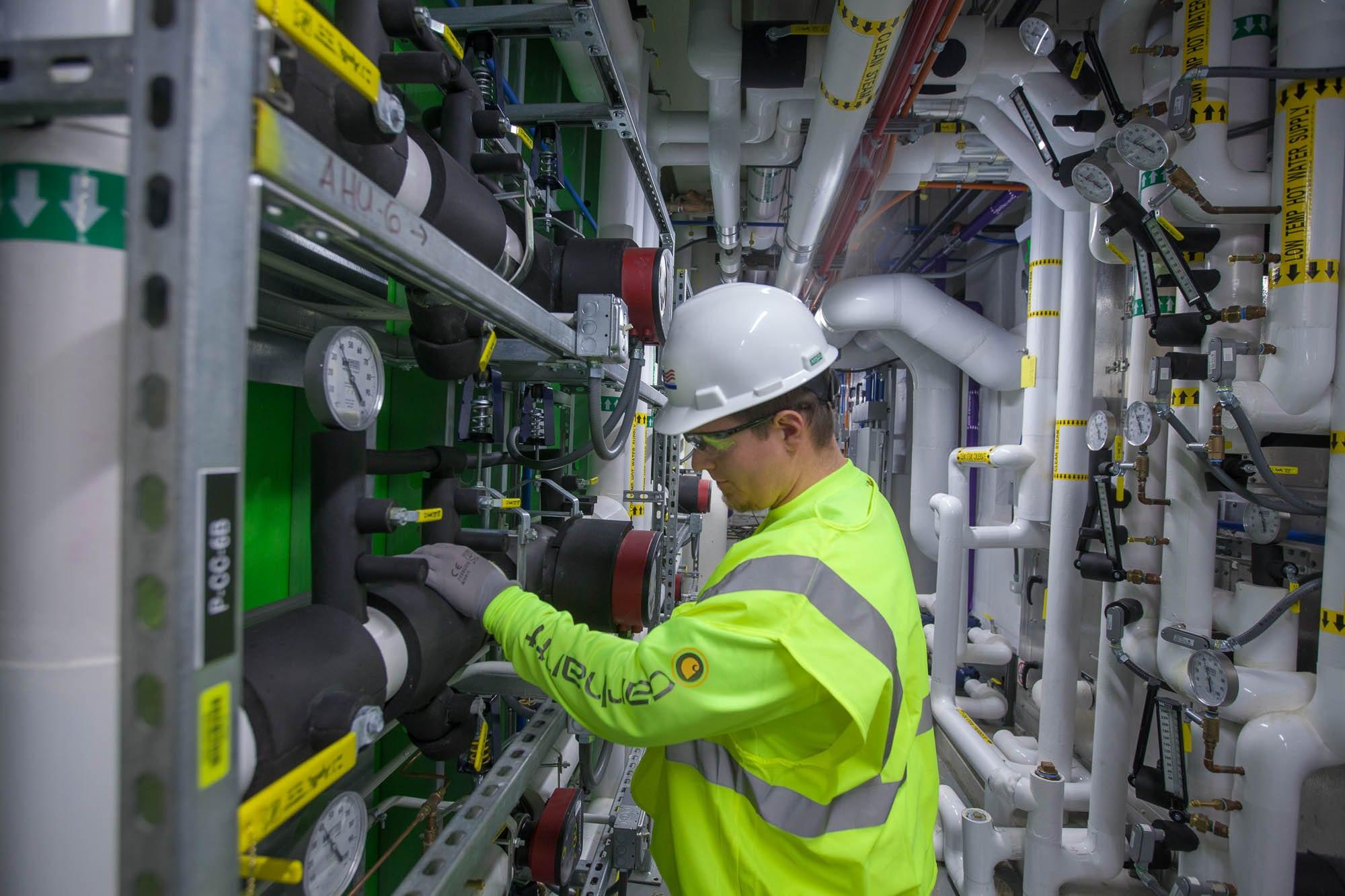
Source: Luse Holdings
The Importance of Encapsulation Systems in Solar Modules
Ensuring Safety and Performance
The encapsulation system in solar modules plays a crucial role in ensuring the safety and performance of the overall system. It needs to withstand voltage differences equal to or greater than the system voltages. Additionally, metal frames should be earthed to prevent potential safety hazards caused by high internal and terminal potentials. Low leakage currents to earth are essential to avoid interference with earth leakage safety devices. While some countries do not mandate earthing of frames, the practice remains controversial due to the risk of arcing and fires during ground faults.
Structural Integrity and Durability
Solar modules must possess adequate strength and rigidity to withstand normal handling during installation. When glass is used for the top surface, it should be tempered to handle temperature differentials within the module. The central areas of the module tend to get hotter than the edges, creating tension that can lead to cracking. In an array, modules should be able to accommodate twisting in the mounting structure, be spaced with gaps for expansion when heated, and withstand various environmental loads such as wind, snow, and ice.
Compliance with Standards
Adhering to industry standards, such as the Australian Standards AS 4509-1999, is crucial for ensuring the quality and safety of solar modules. These standards outline specific requirements and guidelines that manufacturers must follow to meet safety, performance, and durability criteria. By complying with such standards, solar module manufacturers can guarantee the reliability and longevity of their products in diverse environmental conditions.
In conclusion, the encapsulation system, structural integrity, and compliance with industry standards are vital aspects that contribute to the overall efficiency and safety of solar modules. By prioritizing these factors, stakeholders can ensure the optimal performance and longevity of solar energy systems.

Source: UL Solutions
Feel free to comment your thoughts.
